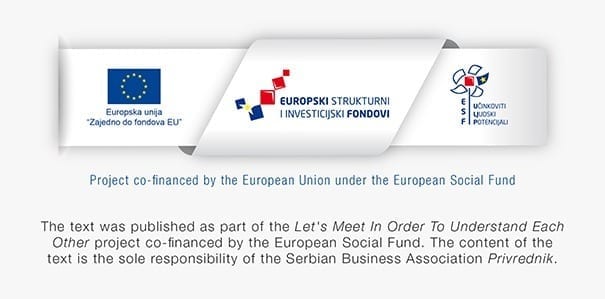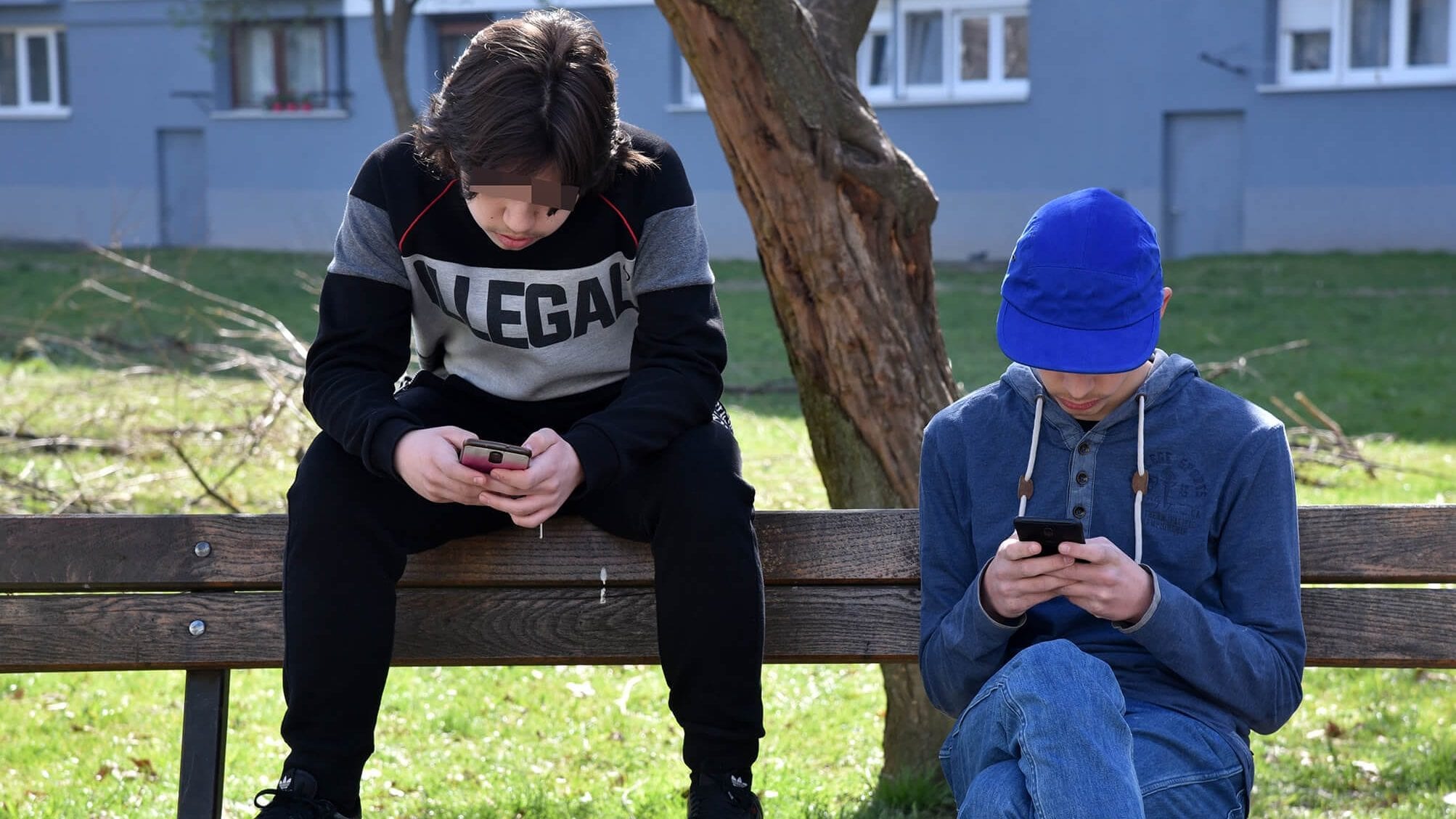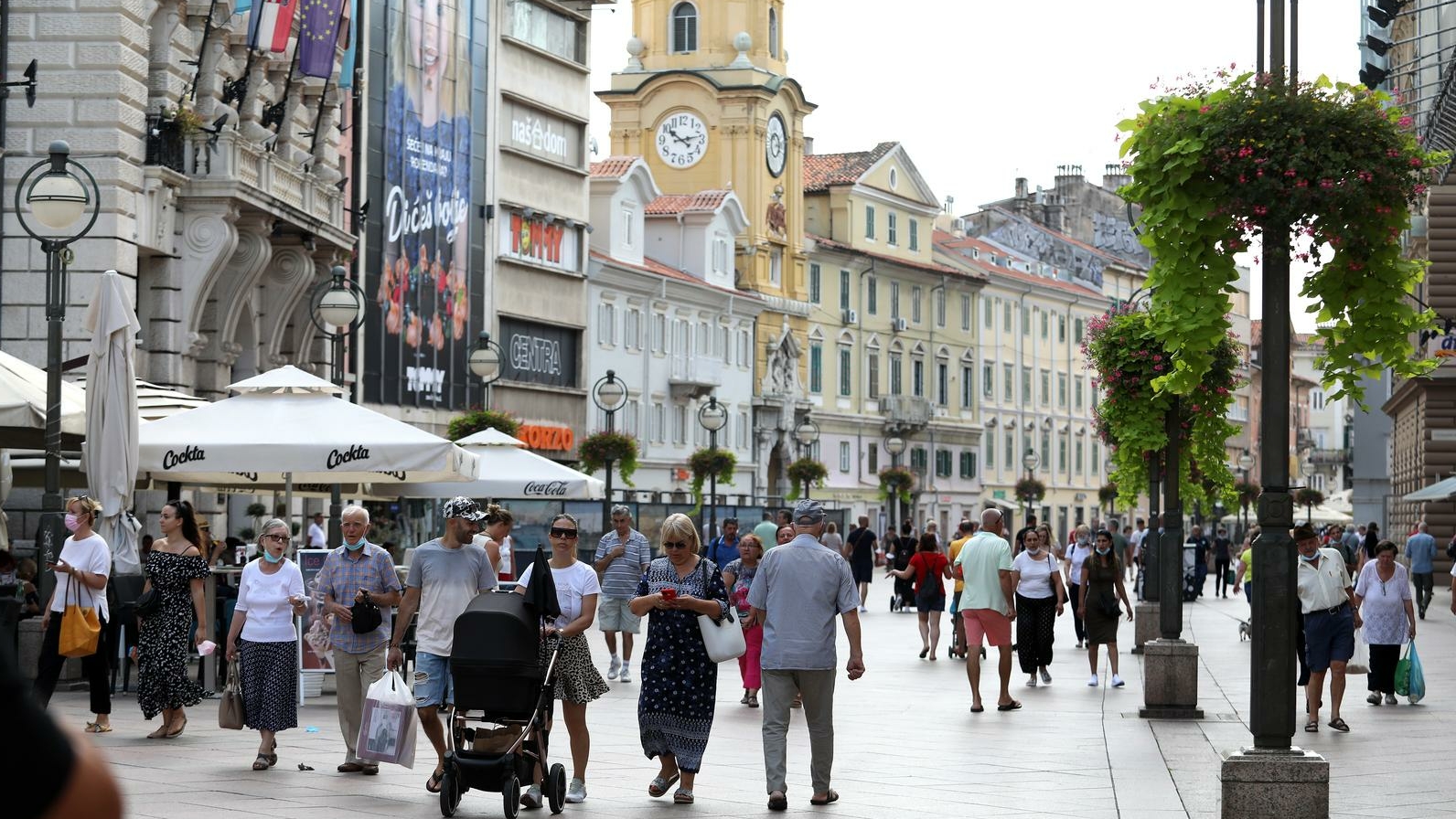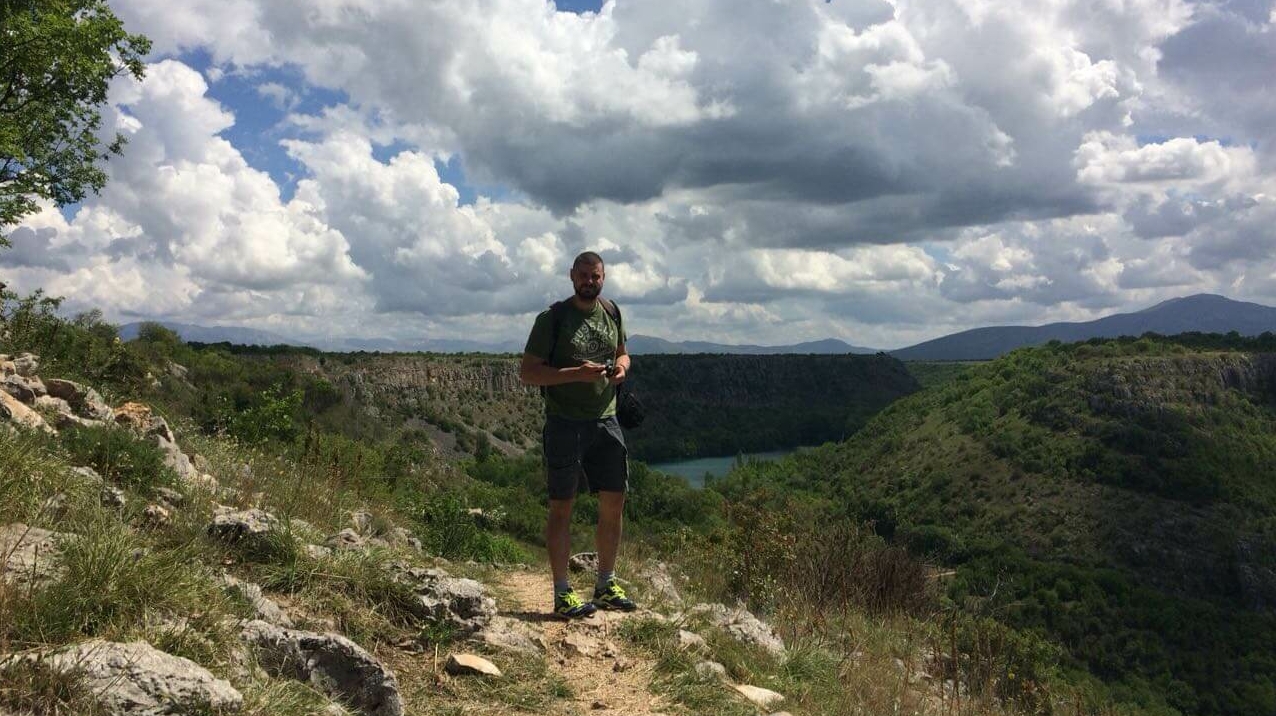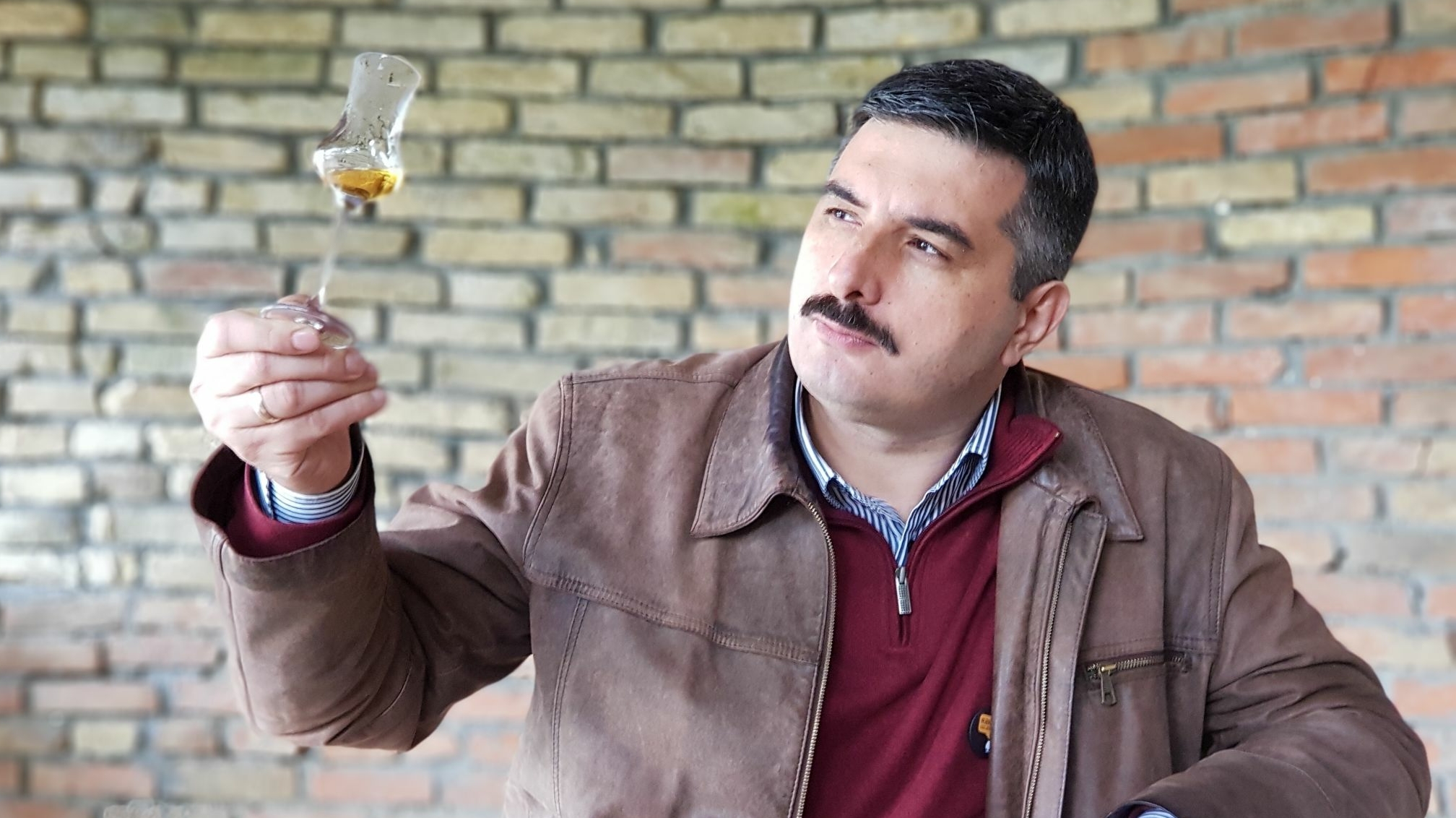For the younger generations, Facebook has become a social network for “oldies” or “boomers” as they are popularly called, and sending messages via text, links and even photographs seems like a vestige of some past era. That is why the relatively new social network TikTok, where users share short, to-the-point videos, is becoming increasingly popular.
“All social networks are trying to copy TikTok and introduce all these unique features TikTok offers,” says Gorana Risteski from the marketing agency Direct Media United Solutions in Belgrade.

“What separates TikTok most from others is the fact that for a TikTok video you need only your phone, without any professional cameras, studios or editing programs,” says Risteski, adding that the app contains everything necessary for a good video: adding music, cutting videos, applying filters, adding messages and even voiceovers.
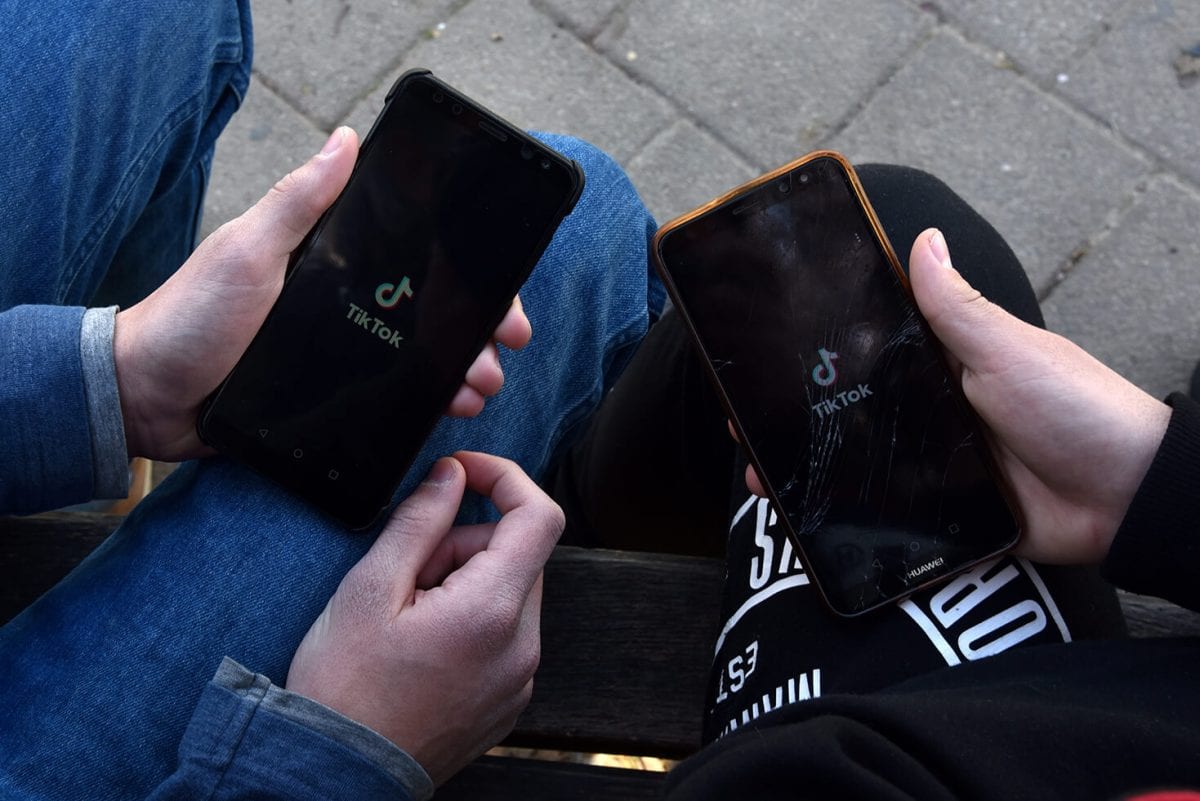
“I have been on Tik Tok since 2018. I have a lot of hobbies, including dance and photography, and TikTok connected all of them in a way,” Risteski shares her user experience.
A boom in the time of the pandemic
TikTok rapidly expanded in popularity last year when the coronavirus pandemic spread and we were all urged to “stay home” and avoid close physical contacts. Numerous TikTokers then “opened” their homes to their followers, trying to enliven everyday life in the pandemic in creative ways, through stories, songs, dance, tricks and pet videos.
Although this social network offers countless ways of editing content, what most users are attracted to is a certain authenticity. “People connect much more, especially because on TikTok there are no artificial, overly-edited clips and photos we often share on social media,” Risteski notes.
Indeed, while users of Instagram – the social network for sharing (mostly) photographs – try to get the most out of every photo, taking care of how they look, the set, lighting and the angle, we mostly see TikTokers in a more relaxed, natural setting – they create their content in sweatpants, pajamas or work suits and do not mind if there is a needlework in a gilded frame or bathroom tiles in the background.
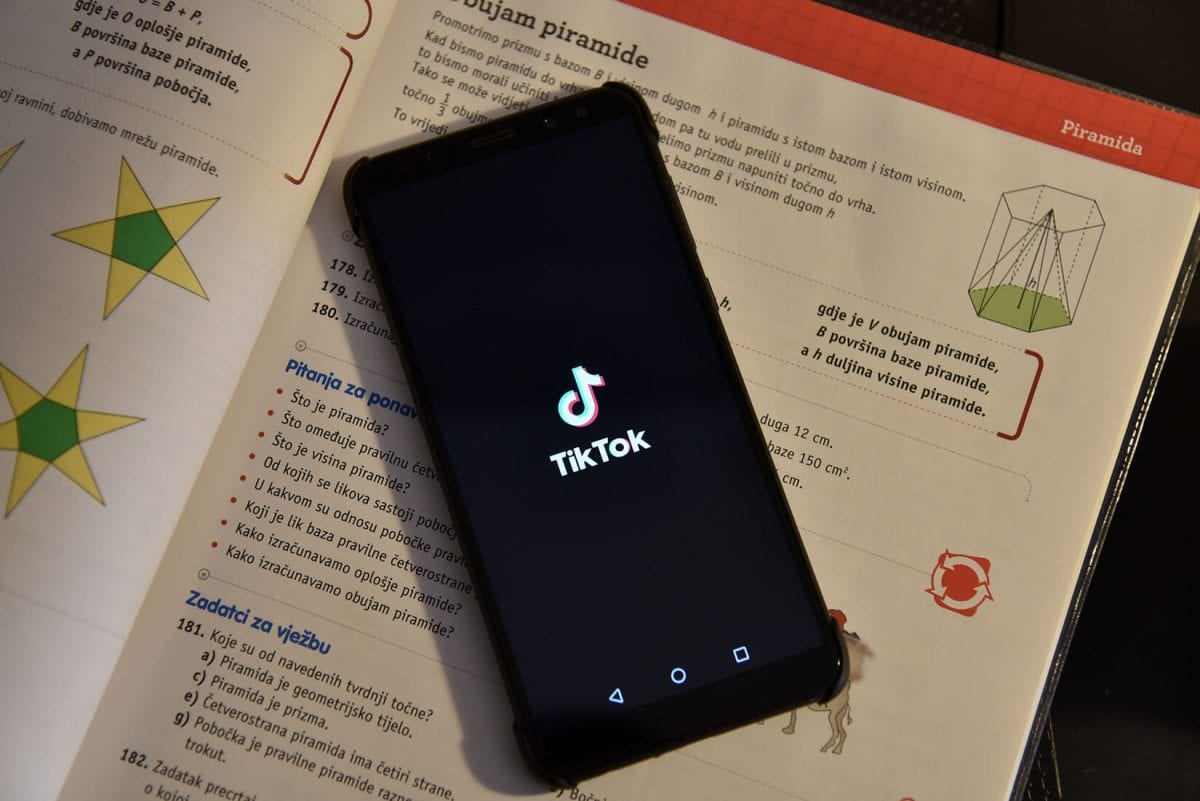
Mia Biberović, editor in chief of the portal Netokracija, says that TikTok rose in popularity gradually in the last few years, mostly among young people. However, since the coronavirus pandemic began and people started using the internet even more, new and fresh internet content was welcomed, and TikTok, she believes, provided that.

There are more and more users of different age groups, she says, adding that the official data on the number and age of users is not currently available. However, according to some unofficial data, TikTok is mostly used by people between 25 and 34 years of age.
“Still, this information should be taken with caution because it is quite possible that many users do not give their real age when signing up. From my experience using TikTok, I would say that the average age of users from the region is lower,” Biberović concludes.
However, along with all the advantages of communication on social networks, negative and even dangerous trends are inevitable. Since many TikTok users belong to younger age groups, this social network has recently come under public scrutiny.
Many opportunities to learn about others and ourselves
Biberović agrees that this social network has offered many social groups which are often marginalized greater visibility and the chance to dismantle stereotypes.
“I follow several adult persons with autism who work on demystifying this complex disorder. I have learned from them how their brain perceives their environment, which is pretty fascinating,” Biberović recounts. “There is also a girl with Tourette’s syndrome who likes to amuse her followers with videos of her tics in inappropriate situations; however, she also educates them by showing the darker side of this syndrome when it becomes a health hazard. Many transgender persons are on TikTok, sharing bits of their everyday life,” she continues.
In this way, Biberović claims, various mental or physical states are demystified, and people learn about different cultures or persons with interesting professions or hobbies. “The content is varied, there is something for everyone, and the algorithm quickly picks up on what a user is or is not interested in and adjusts the content shown. That is one of the best things about this app,” she explains.
@beckinsight o googlanju simptoma
Although greater visibility carries with it greater exposure to inappropriate questions, and sometimes also hate speech, most TikTokers who dare to broach such topics show a certain courage and maturity, while the inappropriate questions and hateful comments are for them only further motivation to keep speaking out about these topics. To clarify, TikTokers’ “responses” are not written like comments mostly are, but are in the form of videos, in which users often “cut out” the text of the comments and “paste” it into the new video so that it is visible what they are referring to while recording.
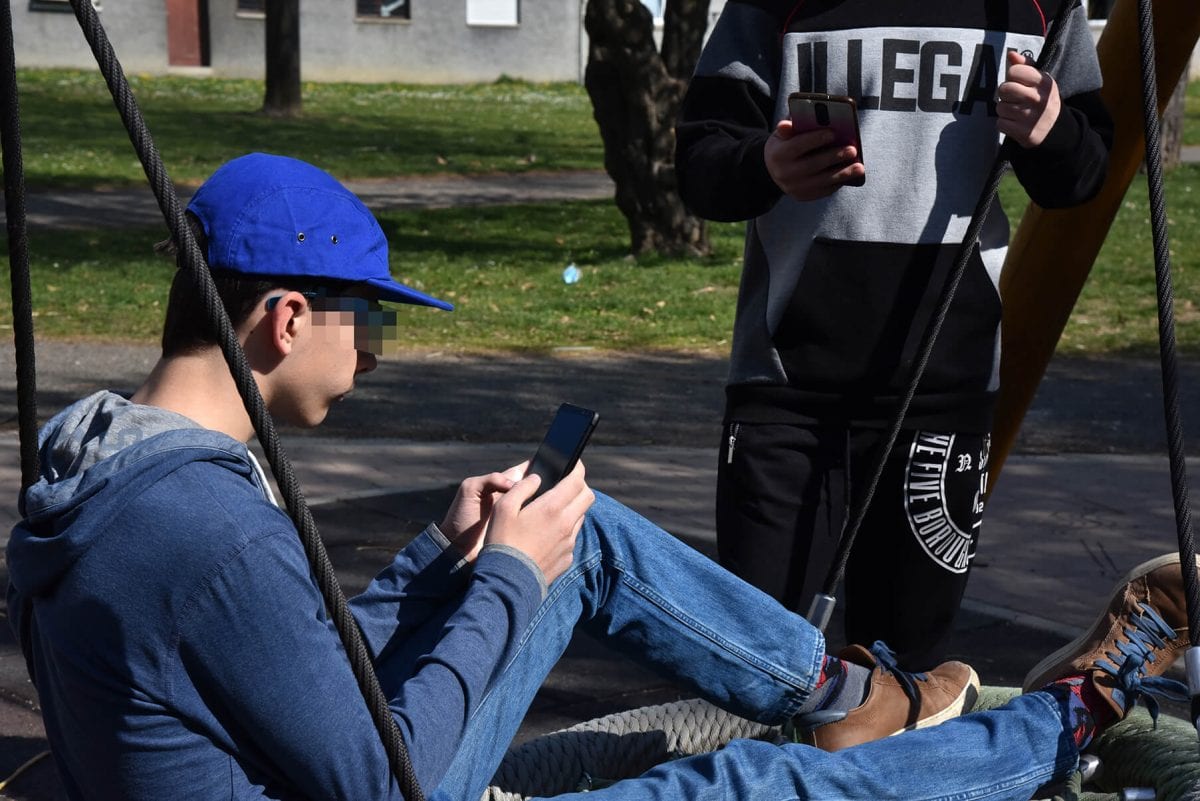
There are also individuals who try to reach young people on this network and offer educational content, such as Zagreb radiologist Natko Beck, who talks about the importance of public health, the prevention of illnesses and eating healthy. Video game designer Milica Ckvenjakov from Novi Sad, known by her profile Draga Devojčice, works on removing taboos regarding the body and sexuality and empowering young women and girls.
In one of her first videos, Crkvenjakov explains to her young followers that growing up is difficult and that there is no tutorial for growing up, but she tells them they are not alone in this process and they can find support in the experiences of those who have already been through it. “On my YouTube, Instagram and TikTok channels, I share all the advice I once needed to hear. I will try to communicate everything to you, from how to place a sanitary pad to how to approach the person you like,” Crkvenjakov announced.
Most TikTokers condemn hate speech
“People on TikTok primarily connect based on shared interests, regardless of origin, language or skin color, and that is a very positive characteristic of this network,” Risteski explains. It is an opportunity to connect young users from the region between whom exists a geographic, but not a language barrier – for example, a gamer from Split and a gamer from Kragujevac.
However, we have also noticed some disturbing effects of this kind of interconnectedness – harassment based on nationality and mocking the great war traumas of the people of this region, such as the fall of Vukovar and Oluja.
“I have seen such examples, but there will always be these anonymous profiles without a photo or name who spread hatred on the platform, and that is characteristic of the internet in general and not only social networks and TikTok,” Risteski says.
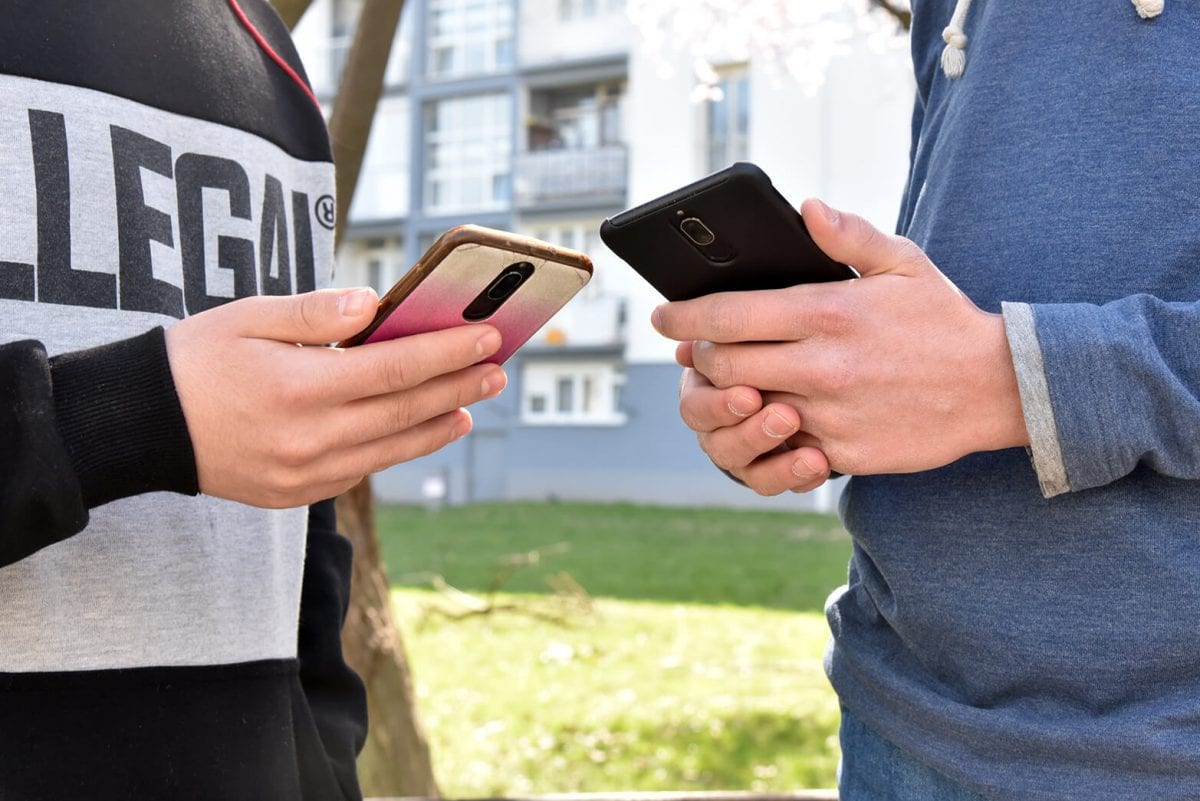
Biberović also emphasizes that inappropriate content is present wherever there is content of numerous users, and every social network fights against it.
“TikTok is no different – it has its terms and conditions of use which define what is and is not tolerated on its platform, and it has the option of reporting content, but, as with other social networks, it is not fail-safe and sometimes users are exposed to inappropriate content,” she explains.
“I always report if I see something violating these rules, but I see that most creators who are more popular and post things regularly do not share this approach and quickly react to any kind of intolerance,” Risteski says.
Dangerous challenges
The popular social network has recently become known to the public for its challenges, in which users encourage each other to perform dangerous acts. In February, an elementary school in Zagreb warned parents through their official website of a dangerous game circulating on this social network. In the game, a person is challenged to lie in the middle of the road until a car comes close, and then they have to quickly evade it.
At the start of this month, Interpol, the international criminal police organization, notified the Ministry of the Interior of Republika Srpska and of the Republic of Serbia that a mass suicide of young people on TikTok had been announced for March 3. Although, according to media reports, this challenge concerned a local TikTok group in Russia, the police advised the public to treat this information with extreme caution.
“There have always been challenges at this age – the desire to prove ourselves to our peers is simply part of growing up. However, social networks such as TikTok have taken this to another level. Apart from wanting to prove ourselves to classmates or people from our neighborhood, we now want to prove ourselves to millions of strangers in the hope of being ‘awarded’ with likes, followers, comments – acceptance. That makes this period in time more dangerous than the one before social networks,” Biberović tells us. She says that children and young people cannot rightly assess the risk of such challenges, just as adults cannot rightly assess the risk of social networks or their importance to young people.
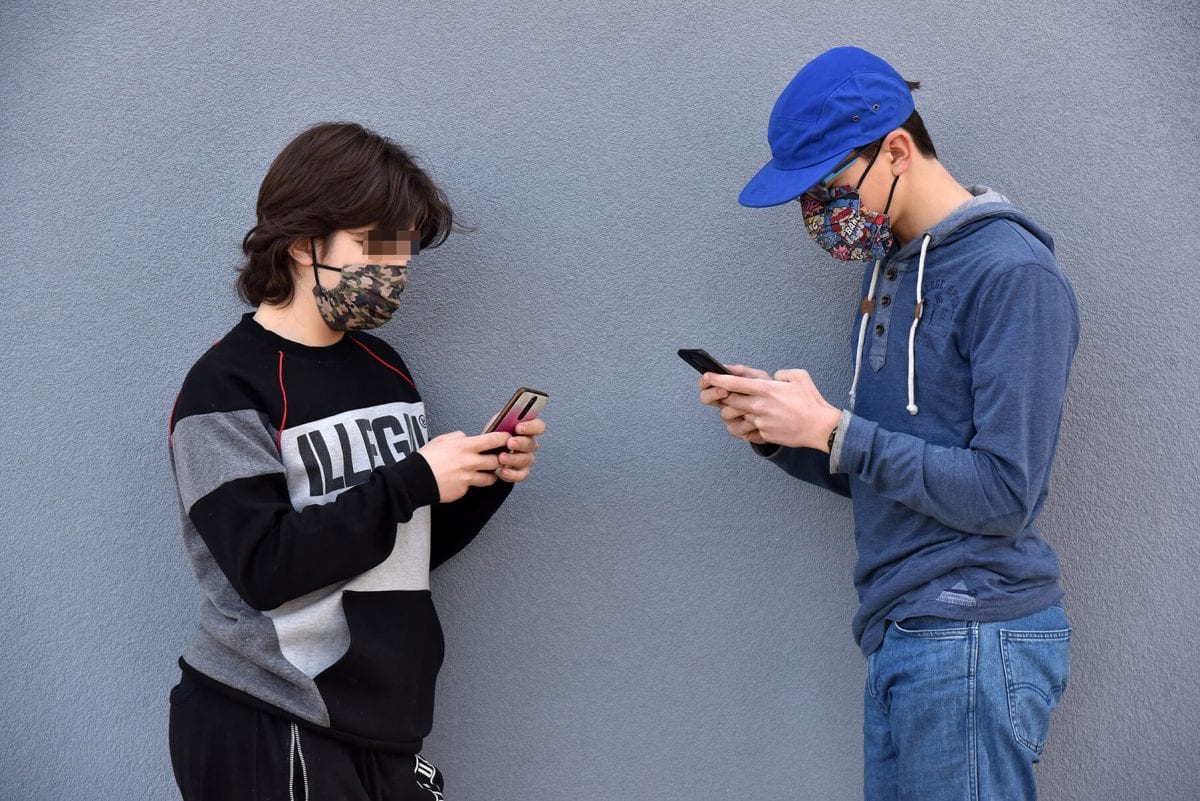
At the same time, she says that a complete ban would be impossible because that could create resistance; moreover, we could never be sure that our child would not be exposed to such content in the end, either through friends or other channels.
Risteski noted that, after these reports, everyone created an image of TikTok as a social network with only these dangerous challenges and nothing else. She says that dangerous challenges cannot end up among the most popular posts and they will not be shown to a large number of users before they are removed from the platform.
“Personally, I have never come across this video,” she adds. Moreover, TikTok has several mechanisms for protecting the youngest, and it is only a matter of knowing how to use them.
Biberović concludes that this is something the adults have to take upon themselves – educating their children, talking to them about the responsible use of social networks and using the tools the social networks and mobile operating systems offer to restrict and control the content for children and young people. “I understand that it is difficult to follow all the technological changes and trends that are happening, but ignoring the issue is still a much more dangerous option.”
Translation from Croatian: Jelena Šimpraga
